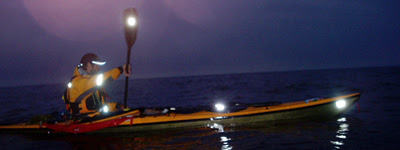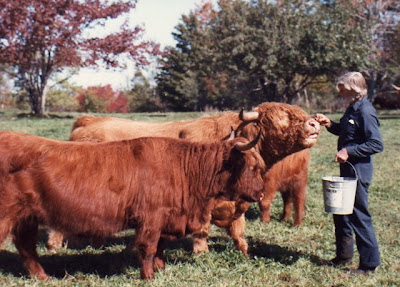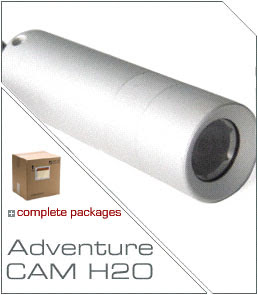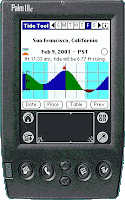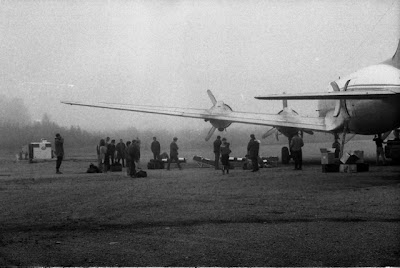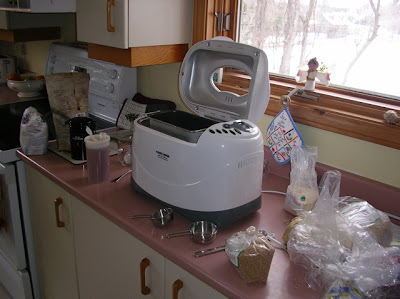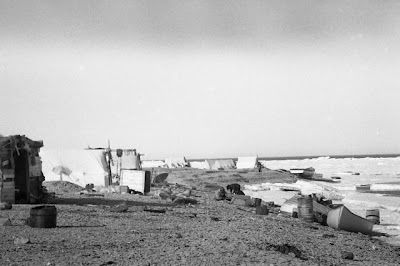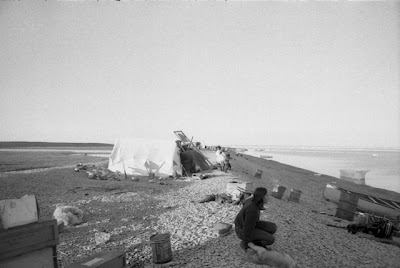
I was reminded the other day by a fellow blogger, Alison Dyer that we need to eat decent food while we're out paddling and that doesn't happen by accident! This is especially true if you're planning to be out paddling in the wilderness where the opportunities to shop en route are lacking. Here's what I currently do about this situation...
First, I refer to my trusty cooking-in-the-wild guidebook, The Wilderness Cookbook by Bonnie McTaggart (ISBN 1-896764-18-5). What I particularly like about this book is the way the information is organized. I begin with the section on drying your own food - I have a food dryer - but you can use your oven if you wish. The next section gives the recipes themselves, broken down by the usual breakfast, lunch, happy hour and dinner and, of course, snacks. The last section I use helps with meal planning based on the length of your planned trip. Here she gives useful tips on what to eat first, ie, which foods keep the longest and a few examples of what would a typical series of meals look like over a multi-day trip.
The recipes themselves are not just the basic rice and pasta variations, but include some interesting spice ideas, a variety of stews, curries, Mexican dishes, stir-fry veggies, dumplings and so on. McTaggart helps as well by suggesting with each recipe what to do at home - like what to dry - how to package - either in bulk or by meal - and then how to prepare the food once you've camped.
All in all, it's a great little book, obviously written by a person who's 'been there'! When I have a trip in mind where I can't shop, I get out the cookbook, chose what meals I'd like to have enroute and fire up the food dryer to dry the ingredients I'll need. I have done both separate meal packages for shorter trips and also just bagged in bulk as well. Next I prepare spice mixes and either add a spice pack to each meal package or again, keep them handy when I'm eating from bulk packs. I have a box in our freezer where I store all this stuff so that at trip time, I just sort through the box, selecting appropriately.
I have also gone the 'store-bought' route as well, buying easily stored dried food, but it's nicer to prepare your own to your own specifications and tastes. In fact, I still have some store-bought items left over from that trip down the North Shore that I never finished, but I don't have anything left that I prepared myself! Enough said.
Lastly, don't forget to look for local 'country foods' along the way. For example, what about seal meat jerky? How about 'fish 'n brewis'? What about fresh ginger ice-cream?

